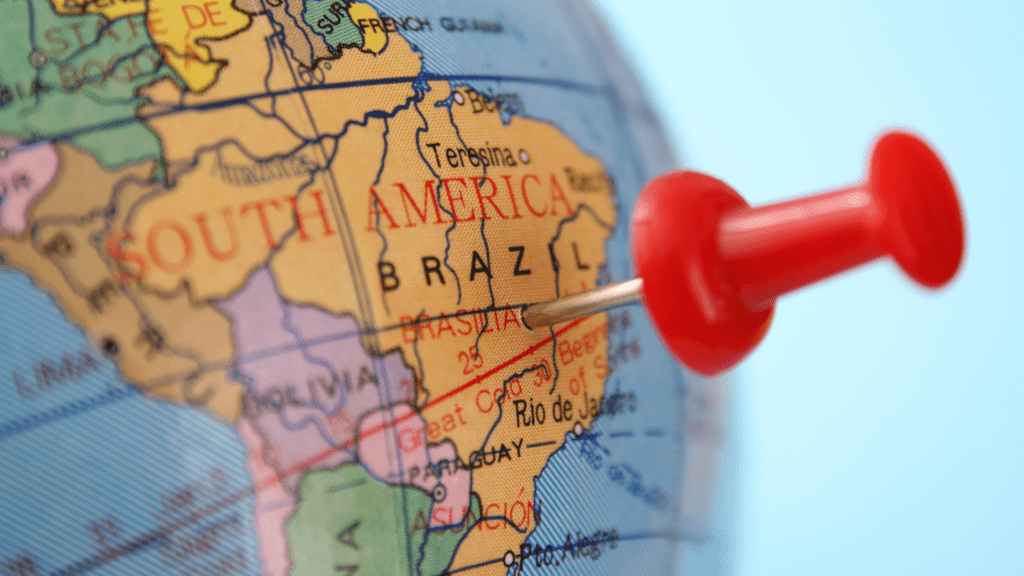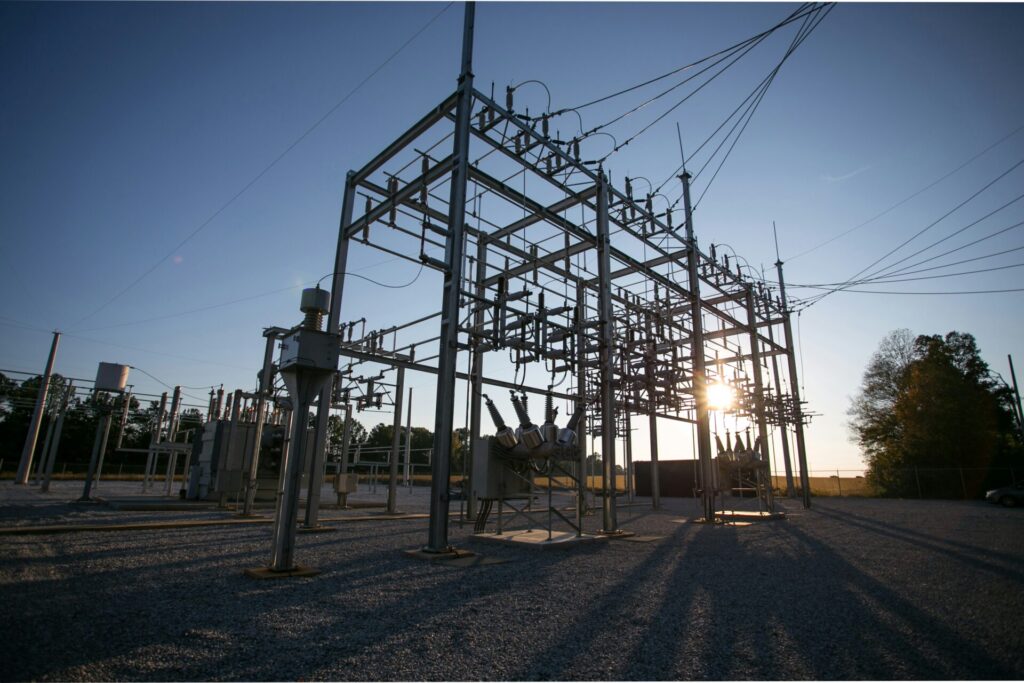Written by: Gabor Kovacs, Chief Platform Engineer
Is this a clickbait? Maybe. Obviously if this was true, we would have some larger announcements instead of a personal essay on the topic. Recently, thinking about TDG’s future, I imagined an announcement for the Transcend Design Generator for December 2024. Is this a long shot? Maybe. But I have a few great reasons to believe we should aim for the stars – literally. Even if it’ll end up being 2034.
1. TDG is not only for water
I haven’t mentioned wastewater or even water in the title for a reason. Since November this year, we have clients using our tool on multiple disciplines, so we grew out from water to electric substations, and we will continue this growth by introducing other verticals to the platform in the next few years. With this, in my mind, TDG would become like city builder games in the long run, where you can design all the necessary services that are needed for a functioning city, maybe even solutions for industries as well. From this angle, we can see very good chances to – with some asterisks – reach something similar to the title of this article.
2. TDG is a multi-use software
We see more and more of our customers use TDG for something that traditional engineering methods do not allow: evaluating many different options to check the best possibility to elaborate on. I think this is the most overlooked aspect of automatization in general, and one of the least explored options for TDG users as well. Understandably, many firms like to aim for one specific technology, mostly because they usually also sell their specific technology along with the project. But which firm, which company and which technology is the best for that specific plant? In water, we already see real life projects evaluated by TDG, and more and more utilities begin to realize that this is not a tool only for engineering firms, but for them too to help make a good investment when building or extending water & wastewater treatment plants.
Every single engineering-heavy system suffers from the lack of manpower, and the lack of testable options. My best example for this is from car racing. If we would have a realistic – and fast enough – wind-tunnel software, all racing cars in all formats would look the same for all races. The best possible ones. This is not even close to the case: we mostly rely on engineers’ genius to find and test things that they think would make it better. TDG already gives you a much better opportunity to build the best racing car: you can test out more designs in much less time, and for a smaller budget. If you check the title, this is priority: we don’t want to design something we think would be the best: we want to evaluate a lot of options and choose the objectively best.
3. Mars projects have the resources and the publicity
A very different reason, and one that is more about human (and investment) nature, than Transcend. I can see that I’m not even close to where I could be on reducing waste where I could easily be, and I can cite tons of reasons, but generally, humanity is doing the same out of convenience, which is a euphemism for laziness. Or in bigger scale, we call it capitalism. So, no industries and no individuals will save the world from overconsumption, water shortages, energy crises and many others. And even when we have officially allocated funds, they will be used fraudulently – I think that this is a crime against humanity, one that works very slowly, and we will not see the results in our timeline.
What will fund the new technologies in energy, water… any necessities? Vanity projects for a place which have none of them. Mars. Mars is a place where humanity wants to go, and that lacks all necessities. Humanity needs to reach a point where we can harness wind energy in a large scale, and solar energy with higher efficiency if we want to do anything there. It might take us a lot of fuel to go to Mars, but at least it is much more expensive to transport more fuel there, than using renewable resources. In my opinion, the next large-scale advancements are going to be tied with these kinds of projects, and accepting this sad reality also means that we must use it for our planet’s advantage.
If we can design for a Mars city, this means we can do it on a much more familiar and welcoming environment as well – Earth.





